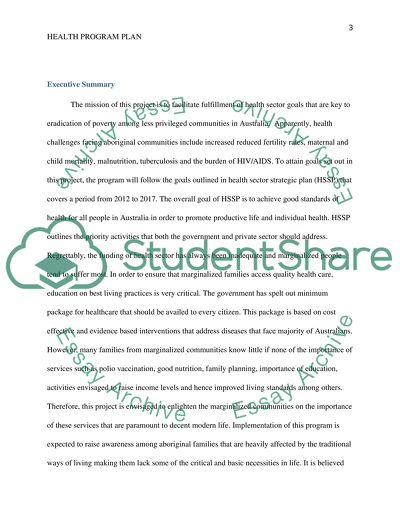Cite this document
(“Health Program Plan Assignment Example | Topics and Well Written Essays - 3500 words”, n.d.)
Health Program Plan Assignment Example | Topics and Well Written Essays - 3500 words. Retrieved from https://studentshare.org/health-sciences-medicine/1484844-health-program-plan
Health Program Plan Assignment Example | Topics and Well Written Essays - 3500 words. Retrieved from https://studentshare.org/health-sciences-medicine/1484844-health-program-plan
(Health Program Plan Assignment Example | Topics and Well Written Essays - 3500 Words)
Health Program Plan Assignment Example | Topics and Well Written Essays - 3500 Words. https://studentshare.org/health-sciences-medicine/1484844-health-program-plan.
Health Program Plan Assignment Example | Topics and Well Written Essays - 3500 Words. https://studentshare.org/health-sciences-medicine/1484844-health-program-plan.
“Health Program Plan Assignment Example | Topics and Well Written Essays - 3500 Words”, n.d. https://studentshare.org/health-sciences-medicine/1484844-health-program-plan.


